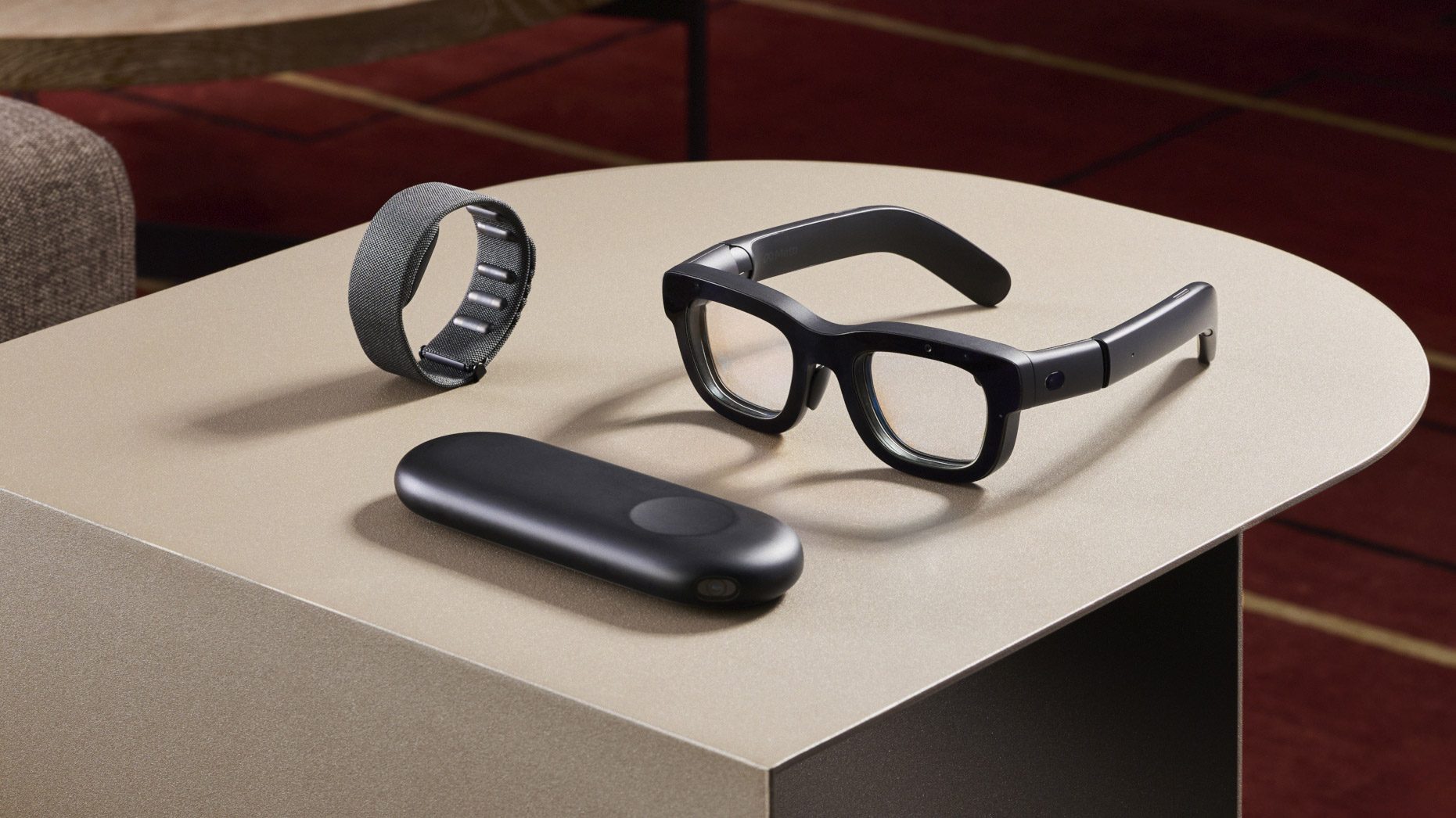When it comes to advancing standalone XR headsets, shedding weight and boosting performance are paramount. Although Meta recently showcased their Orion AR glasses prototype, which utilizes a wireless compute unit, Meta’s CTO, Andrew Bosworth, remains skeptical about such configurations being the ultimate solution for standalone VR gaming.
As the head of Meta’s Reality Labs XR team, Bosworth frequently engages with followers during his Instagram Q&A sessions, discussing everything from professional insights to personal anecdotes.
In a recent session, Bosworth elaborated on the topic of wireless compute units and expressed why Meta believes they’re not the best option for their standalone VR headsets.
"We’ve explored this area quite extensively," Bosworth mentioned. "However, wireless compute pucks don’t quite solve the issue. Even being wireless, the headset still requires a battery, adding to its weight. While there’s potential for performance gains due to improved thermal efficiency, you’re constrained by bandwidth limitations from using radio communication."
Despite technical hurdles, Meta has prioritized creating accessible consumer products, evident in their Quest 3S, which starts at just $300 for the 128GB version. Bosworth went on to explain:
"You significantly drive up costs, as even with major silicon in the wireless compute puck, substantial silicon is necessary to power displays, perform local corrections, and manage data streams. Ultimately, the numbers don’t add up. It doesn’t save much weight and significantly amplifies cost and complexity."

This stance contrasts with Meta’s Orion prototype, which does use a wireless compute unit. Although Orion won’t hit commercial shelves due to its daunting $10,000 production cost—primarily due to costly silicon carbide lenses—it suggests that wireless pucks might work for less graphics-intensive AR glasses.
However, Bosworth acknowledged that Meta’s upcoming consumer AR glasses are unlikely to match the Quest series’ affordability. Back in September, he noted that these devices "won’t be cheap," though the goal remains to make them accessible within the “phone or laptop price range.”












![[Free Game Giveaway] Pets Hotel for PlayStation (NA/EU) [Free Game Giveaway] Pets Hotel for PlayStation (NA/EU)](https://www.xgamernews.com/wp-content/uploads/2025/05/Free-Game-Giveaway-Pets-Hotel-for-PlayStation-NAEU-360x180.jpg)
































